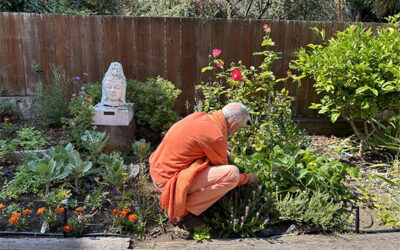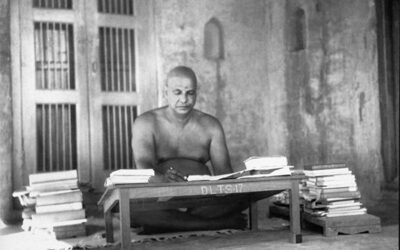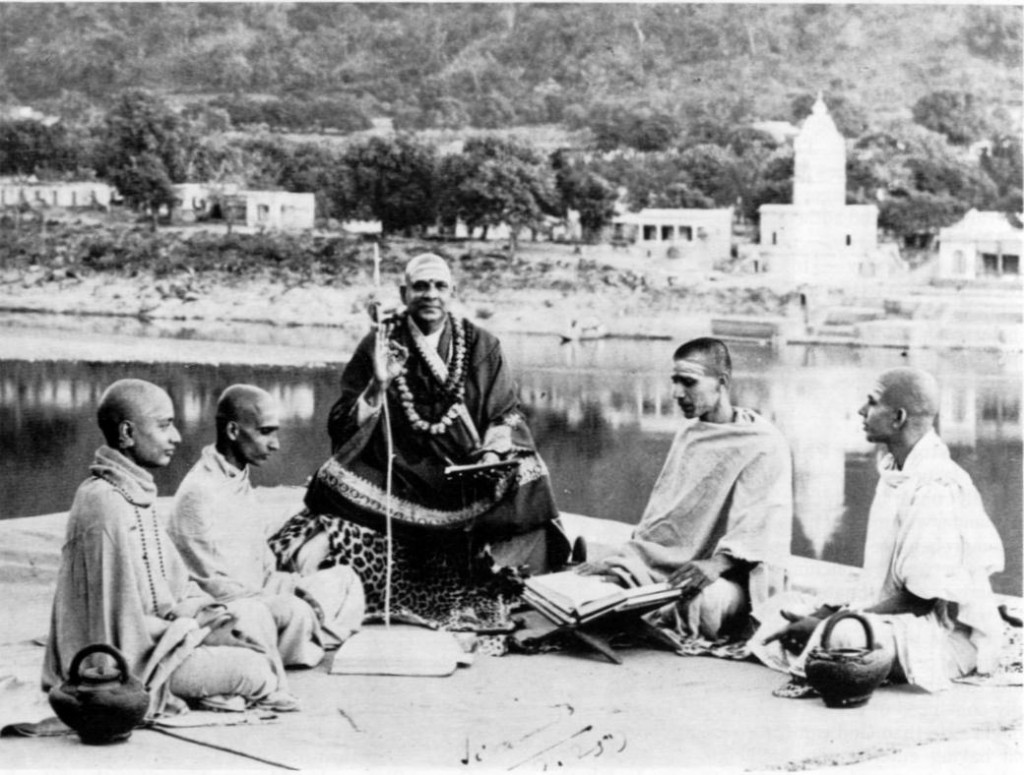If you want to see well through a window, you have to clean both sides. Practice (abhyasa) and non-attachment (vairagya) work much the same way. They are the complimentary practices given in Patanjali’s Yoga Sutras as a means to quiet the movement of thought in the...
Jnana Yoga’s Fourfold Sadhana
The Fourfold Sadhana of Jnana Yoga consists of viveka, vairagya, shadshampat or sixfold virtues and mumukshutva or strong yearning for liberation. Viveka dawns in one who, through the grace of God, has done virtuous actions in their previous births as offerings unto...
How to Really Enjoy This World
When you are healthy and happy, you are at ease. But, you don’t remain that way always; you disturb it and then you call that dis-eased. There is meaning in your words, in your beautiful language. Diseased means you have disturbed your ease. That means you were...
Jnana Yoga: Science of Self
The identity of the Supreme Self and the jiva or reflected self is established through the statement of the Upanishad “Tat Tvam Asi”—“That Thou Art.” Self-realization or direct intuitive perception of the Supreme Self is necessary for attaining freedom and perfection....



